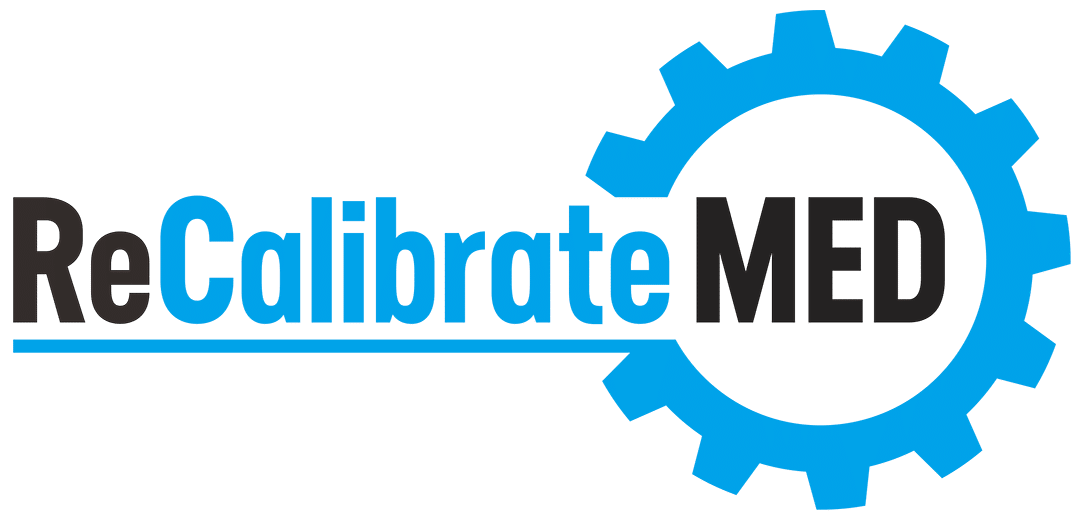Health insurance plans vary in terms of coverage for different types of medical treatments. While some plans offer comprehensive coverage for a wide range of services, others may have more limited coverage. It’s important to review your insurance policy and understand what is included and excluded from coverage.
In general, health insurance plans cover essential medical services, including hospital stays, surgeries, and prescription medications. However, coverage for specific treatments like hormone therapy may depend on various factors, such as the type of therapy, the reason for treatment, and the insurance provider’s policies.
Factors that determine coverage for hormone therapy
When it comes to hormone therapy, several factors can influence insurance coverage. Let’s take a closer look at some of these factors:
- Medical necessity: Insurance companies often consider the medical necessity of a treatment when determining coverage. For hormone therapy, this means that individuals must demonstrate a need for the treatment based on their medical condition, such as hormonal imbalances or gender dysphoria.
- Policy exclusions: Some insurance policies explicitly exclude coverage for hormone therapy. These exclusions may be based on specific reasons, such as non-medical or cosmetic purposes, or they may be a blanket exclusion for all hormone therapy treatments.
- Gender-affirming care: For individuals seeking hormone therapy as part of their gender transition, insurance coverage may vary. Some insurance companies have policies that explicitly cover gender-affirming care, including hormone therapy, while others may have restrictions or exclusions.
- Network providers: Insurance plans often have a network of preferred providers. If your chosen healthcare provider for hormone therapy is not in-network, your insurance coverage may be limited or not covered at all.
Types of health insurance plans and their coverage for hormone therapy
Health insurance plans can be broadly categorized into three types: HMOs (Health Maintenance Organizations), PPOs (Preferred Provider Organizations), and EPOs (Exclusive Provider Organizations). Each type of plan has different coverage options for hormone therapy.
- HMOs: HMOs typically require individuals to select a primary care physician who manages their healthcare. In most cases, individuals must obtain a referral from their primary care physician for hormone therapy. HMOs may cover hormone therapy, but coverage may vary depending on the specific plan and the individual’s medical necessity.
- PPOs: PPOs offer more flexibility in choosing healthcare providers, both in-network and out-of-network. With a PPO, individuals may not require a referral for hormone therapy, but coverage again depends on the specific plan and the individual’s medical necessity.
- EPOs: EPOs are similar to PPOs in terms of provider flexibility, but they typically do not cover out-of-network care. Like HMOs and PPOs, coverage for hormone therapy under an EPO depends on the individual plan and medical necessity.
Common costs associated with hormone therapy
The costs associated with hormone therapy can vary depending on the type of therapy, the duration of treatment, and the specific medications prescribed. Here are some of the common expenses to consider:
- Initial evaluation: Before starting hormone therapy, individuals often need to undergo an initial evaluation with a healthcare provider. This evaluation may include blood tests, physical exams, and consultations. The cost of the evaluation can range from a few hundred to a few thousand dollars, depending on the healthcare provider and location.
- Medications: Hormone therapy typically involves the use of hormone medications, such as testosterone, estrogen, or progesterone. The cost of these medications can vary, depending on the type, dosage, and brand. Some insurance plans may cover all or part of the medication costs, while others may require individuals to pay out-of-pocket.
- Follow-up visits: Regular follow-up visits are often necessary to monitor the progress of hormone therapy and adjust medication dosages if needed. The frequency of these visits can vary but may occur every few months initially and then less frequently over time. The cost of follow-up visits may be covered by insurance, but copayments or coinsurance may apply.
- Laboratory tests: Hormone levels need to be monitored regularly through blood tests to ensure the therapy is effective and safe. These laboratory tests can incur additional costs, which may or may not be covered by insurance.
How to navigate the insurance coverage process for hormone therapy
Navigating the insurance coverage process for hormone therapy can be complex. Here are some steps to help you navigate this process:
- Review your insurance policy: Start by reviewing your insurance policy and understanding the coverage details. Look for any exclusions or limitations related to hormone therapy.
- Consult with your healthcare provider: Talk to your healthcare provider about your insurance coverage concerns. They can help you understand the medical necessity requirements and work with you to find the best course of action.
- Obtain pre-authorization if required: Some insurance plans may require pre-authorization for hormone therapy. This means that your healthcare provider needs to submit a request to the insurance company to ensure coverage before starting treatment.
- Keep thorough documentation: It’s important to keep thorough documentation of your hormone therapy journey, including medical records, prescriptions, and receipts. This documentation can be useful if you need to appeal a denied claim or provide proof of medical necessity.
Alternatives for financing hormone therapy
If your health insurance does not cover hormone therapy or only covers a portion of the costs, there are alternative options for financing the treatment:
- Flexible Spending Accounts (FSAs) or Health Savings Accounts (HSAs): If you have an FSA or HSA through your employer, you can use these funds to cover eligible medical expenses, including hormone therapy.
- Patient assistance programs: Some pharmaceutical companies offer patient assistance programs that provide financial assistance or discounts on medications. These programs are typically income-based and have specific eligibility criteria.
- Sliding scale fees: Some healthcare providers offer sliding scale fees based on an individual’s income level. These fees are typically adjusted to make the treatment more affordable for those who cannot afford the full cost.
- Crowdfunding or fundraising: In some cases, individuals may turn to crowdfunding platforms or organize fundraising events to help cover the costs of hormone therapy.
Tips for maximizing insurance coverage for hormone therapy
To maximize insurance coverage for hormone therapy, consider the following tips:
- Research insurance plans: If you’re considering hormone therapy, research insurance plans that have a history of covering these treatments. Compare the coverage details, including the medical necessity requirements, to find a plan that suits your needs.
- Seek in-network providers: Choosing healthcare providers within your insurance network can help maximize coverage. Out-of-network providers may result in higher out-of-pocket costs or limited coverage.
- Advocate for medical necessity: If your insurance denies coverage for hormone therapy, you have the right to appeal their decision. Work with your healthcare provider to gather supporting documentation and submit an appeal.
- Stay informed: Insurance coverage policies can change over time. Stay informed about any updates or changes to your insurance plan’s coverage for hormone therapy to ensure you have accurate information.
Resources and support for accessing hormone therapy
Accessing hormone therapy can be challenging for many individuals. Fortunately, there are resources and support available to help navigate the process:
- LGBTQ+ organizations: LGBTQ+ organizations often provide information, resources, and support for individuals seeking gender-affirming care, including hormone therapy. These organizations can offer guidance on finding inclusive healthcare providers and understanding insurance coverage.
- Support groups: Joining support groups or online communities can provide valuable insights and support from individuals who have gone through the hormone therapy process. These groups can offer advice on insurance coverage, accessing affordable care, and navigating the healthcare system.
- Patient advocacy organizations: Patient advocacy organizations can assist individuals in understanding their rights, accessing healthcare, and navigating insurance coverage. These organizations can provide guidance on appealing denied claims or understanding insurance policies.
Conclusion: Taking control of your hormone therapy journey
Understanding the costs and insurance coverage associated with hormone therapy is crucial when considering this treatment option. While coverage can vary depending on factors such as medical necessity, insurance provider, and policy exclusions, there are ways to navigate the insurance coverage process and access financial assistance if needed.
By reviewing your insurance policy, consulting with healthcare providers, and exploring alternative financing options, you can take control of your hormone therapy journey. Remember to stay informed about insurance coverage policies and seek support from LGBTQ+ organizations and patient advocacy groups to ensure you have the resources and support needed to make informed decisions about your healthcare. Call us today at (910) 420-0443.





